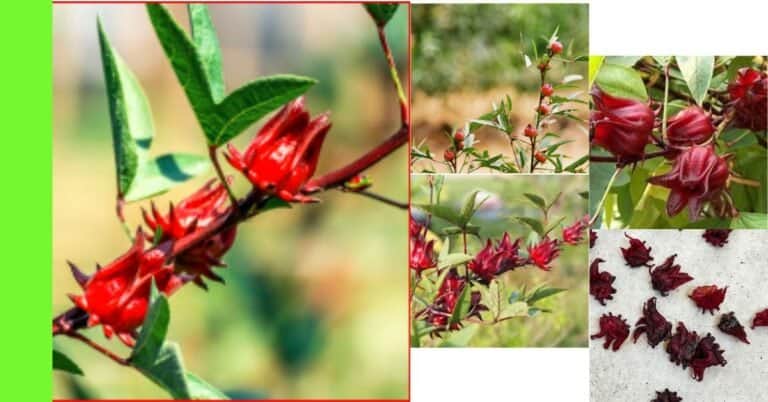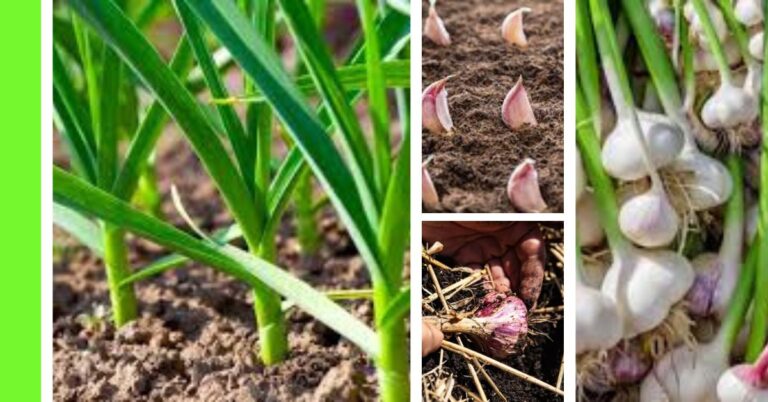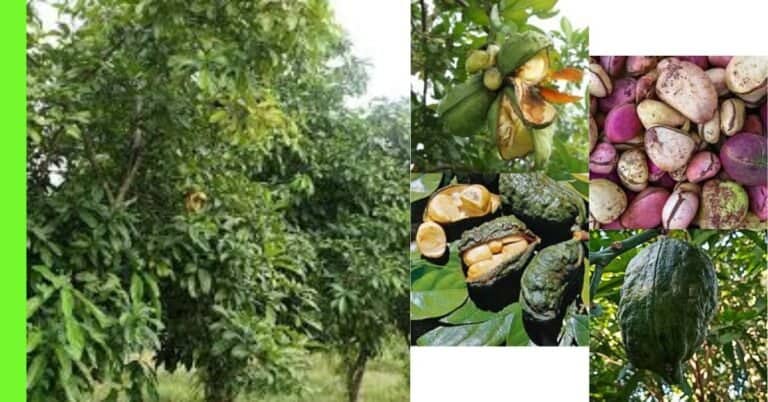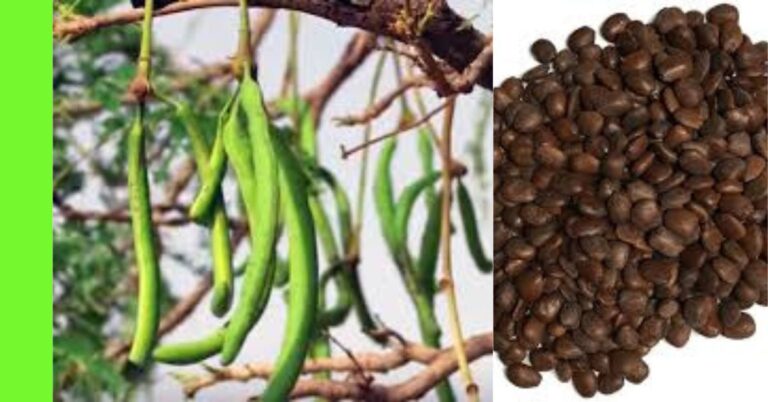How to Plant Sugar Apple (Sweet Sop) in Nigeria
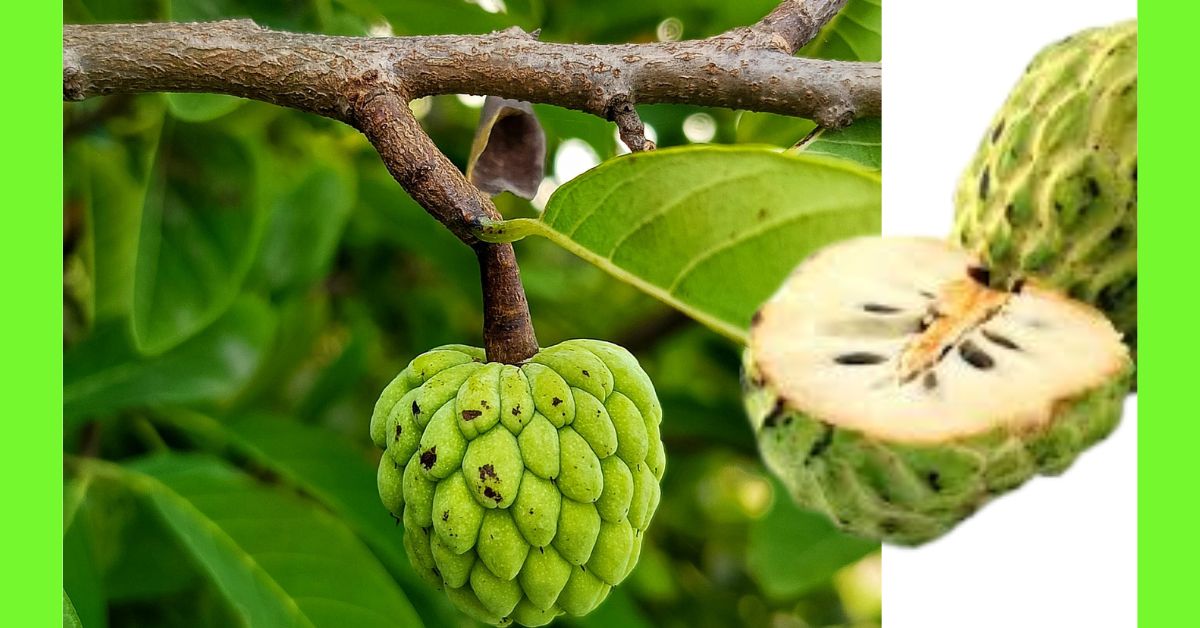
Sugar apple (Annona squamosa), also called sweet sop, is a delicious tropical fruit tree loved for its sweet, custard-like pulp and fragrant aroma.
In Nigeria, it thrives in warm, sunny regions and is a great choice for smallholder farmers, home gardeners, and orchard owners looking to diversify their crop production.
With the right planting and care techniques, sugar apple can produce high yields for many years.
This article provides a step-by-step guide to growing sugar apple in Nigeria, from choosing a location to pest control, so you can enjoy healthy plants and abundant fruit.
Description of the Plant
The sugar apple is a small, semi-deciduous tree that grows 3–6 meters tall.
It has slender branches, light green leaves, and produces heart-shaped or round fruits with a thick, knobby skin.
The pulp inside is soft, white, sweet, and filled with shiny black seeds.
Each fruit weighs between 100–250 grams and has a pleasant tropical fragrance.
Sugar apple is highly nutritious, rich in vitamins C and B6, dietary fibre, and minerals like potassium and magnesium.
In Nigeria, it’s consumed fresh, blended into drinks, or used in desserts.
Its fast growth and high market demand make it an excellent addition to the garden.
Planting Season for Sugar Apple (Sweet Sop) in Nigeria
The best time to plant sugar apple in Nigeria is at the onset of the rainy season, usually between April and June, depending on your region.
This timing ensures that young seedlings receive adequate natural moisture during their initial growth phase.
While planting is possible at other times, it requires additional irrigation during the dry months.
Planting the Sugar Apple (Sweet Sop)
Step 1 – Choose a Location
Select a sunny, well-drained site with at least 6–8 hours of direct sunlight daily.
Sugar apple prefers sandy loam or loamy soils with a pH between 6.0 and 7.5.
Avoid waterlogged areas, as prolonged root saturation can lead to rot.
Spacing is also important; plant trees 4–5 meters apart to allow adequate airflow and sunlight penetration.
Step 2 – Land Clearing and Preparation
Clear the site of weeds, shrubs, and debris to reduce competition for nutrients.
Plough or dig the soil to a depth of 30–40 cm to improve aeration and root penetration.
Mark planting holes, and mix the topsoil with well-rotted manure or compost to enrich the planting spot.
Step 3 – Means of Propagation
Sugar apple can be propagated through:
- Seeds – Most common method, suitable for home gardens, but plants take longer to bear fruit (3–4 years).
- Grafting/Budding – Produces earlier fruiting trees with predictable quality, common in commercial orchards.
For this guide, we’ll focus on planting from seed.
Step 4 – How to Plant Sugar Apple (Sweet Sop) from Seed
- Seed Preparation:
- Extract seeds from ripe fruits.
- Wash them thoroughly to remove pulp residue.
- Soak in water for 24 hours to soften the seed coat and speed up germination.
- Extract seeds from ripe fruits.
- Sowing:
- Plant seeds directly in the prepared hole or start in a nursery bag.
- Place seeds 2–3 cm deep in the soil.
- If sowing directly, plant 2–3 seeds per hole, then thin out later to keep the strongest seedling.
- Plant seeds directly in the prepared hole or start in a nursery bag.
- Transplanting:
- If started in nursery bags, transplant seedlings when they are 30–45 cm tall (about 3–4 months old).
- Water immediately after transplanting.
- If started in nursery bags, transplant seedlings when they are 30–45 cm tall (about 3–4 months old).
Step 5 – Watering
Water young seedlings 2–3 times per week during the first year, especially in the dry season.
Once established, sugar apple trees are moderately drought-tolerant, but regular watering during flowering and fruit development improves yields and fruit size.
Avoid overwatering to prevent root rot.
Step 6 – Apply Manure
Feed the plant with well-rotted poultry manure, cow dung, or compost twice a year, once at the start of the rainy season and again midway through.
For mature trees, apply NPK fertiliser per tree annually, split into two applications.
Maturity and Harvest
Sugar apple trees grown from seed take 3–4 years to start bearing fruit, while grafted trees may fruit within 2 years.
Fruits are ready for harvest when they turn pale green and the segments on the skin begin to separate slightly.
Harvest by hand, handling carefully to avoid bruising.
Fruits ripen quickly after picking and should be consumed or sold within a few days.
Pests and Diseases
Common pests include:
- Fruit borers – Damage the pulp and reduce market value.
- Mealybugs – Suck sap from young shoots and leaves.
- Aphids – They cause leaf curling and reduce vigour.
Common diseases include:
- Anthracnose – Causes dark, sunken spots on fruits and leaves.
- Root rot – From prolonged waterlogging.
- Powdery mildew – Leaves develop a white powdery coating.
Pest and Disease Control
- Cultural Control: Maintain field hygiene, prune dead branches, and ensure proper spacing for airflow.
- Biological Control: Introduce natural predators like ladybugs to control aphids.
- Chemical Control: Use approved insecticides for pest control, and fungicides like for fungal infections. Always follow label instructions and avoid spraying during flowering to protect pollinators.
Conclusion
Sugar apple (sweet sop) is a rewarding fruit tree that can thrive in Nigeria’s climate with the right care and attention.
From selecting a sunny location to applying manure and controlling pests, each step is crucial for achieving healthy growth and abundant harvests.
By following this guide, you can successfully establish sugar apple trees that will provide delicious, nutritious fruit for years to come.
Hope this article was helpful.

